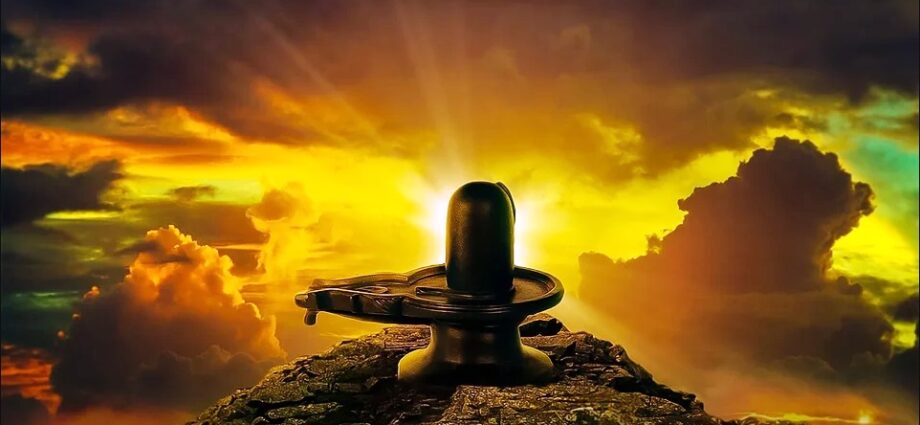In Sanatana Dharma, devotion can either be Saguna ( God perceived with attributes) or Nirguna (Without attributes). Nirguna aaraadhana is performed through meditative contemplation, and might be difficult for the uninitiated. Hence the more widely performed form of devotion, is Saguna Aaraadhana, in which the divine principle is perceived with the attributes of Form and Qualities, and worshipped in the form of an idol. When placed in the sanctum sanctorum or Garbhagriha in a temple, the idol is called Vigraha. The word is the combination of two Sanskrit words Visheshena (effulgently) Grihyate (assimilate/focus). It has a specific purpose. Once the omnipresent divine principle is invoked into a Vigraha, various ritualistic offerings are performed. Through these offerings, various forms of energies are transferred on to the Vigraha. Sound energy in the form of mantras and ringing of bell, Light and heat energy from the various lamps lit around it, chemical energy from the various material offerings like oil, sandalwood, camphor etc applied onto the Vigraha. The Garbhagriha, where the vigraha is placed, is a very confined space with a single opening which is the door. The Vigraha assimilates all these forms of energies and focuses it out through the open door of the Garbhagriha, thus having a cleansing effect on every faithful and receptive devotee, prostrating outside.
Our Vedic seers very well knew that the journey to self realization is very much personal to every seeker, and just like the rainwater falling on earth can take one of the myriad paths, that will ultimately take it to the ocean, every human mind has a different composure, and hence it should be given the freedom to perceive and worship the ideal in any form that suits its flavour, instead of forcing dogmas or commandments on it. Thus it’s the poor understanding of those following the Semitic religions like Christianity or Islam, to think of or brand Hindus as mere idol-worshippers or Pagans. For it is not the idol that is worshipped, but the ideal denoted by the idol. For that matter, even the Holy Cross or the Kaaba too are idols by its very definition.
The Einsteinian world we perceive and experience, is pervaded by two fundamental and inseparable principles – Space and Time. The seers of Hindu Sanatana Dharma, knew this very well, and for the understanding of the commoner, personified these two principles as Shiva and Shakti i.e Father Time (Mahakaal) and Mother Nature (Maa Prakriti). These two eternal principles are also referred to as Purusha and Prakriti. Mahashivaratri is the day we remember and prostrate to this union of Shiva and Shakti, that ultimately lead to our creation. Everything that is created will ultimately decay and be destroyed in Time. Hence Mahaakaal is also worshipped as the Destroyer, that enables the process of creation. The divine, origin-less and formless principle of Shiva is inconceivable, and hence is worshipped in the form of a Linga. Linga translates into ‘That which denotes or points to’. The Linga is an inverted Paraboloid, indicating the infinitude and originless-ness of the enlivening cosmic principle we refer to as Shiva.
Shiva is also called Shamkara. Formed from two Sanskrit words Sham (Auspiciousness or Wellness) and Kara (He who does). On the blessed occasion of Mahashivaratri, may Lord Shamkara bring auspiciousness and wellness into your life.
Author: Vijay K Nair is an ex Navyman, Blogger, Creative writer and student of Advaita Vedanta at Chinmaya International Foundation.
![]()
- ‘IDEAL’ WORSHIP AND MAHASHIVARATRI - March 1, 2022

